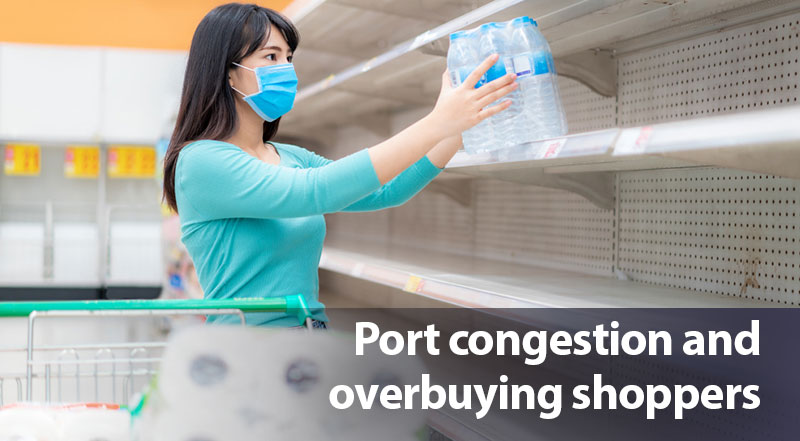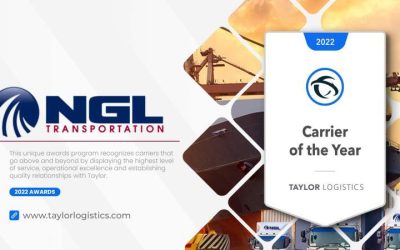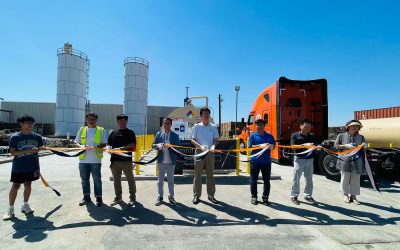The term “shortage” does not apply to container ships in America’s pot. A sudden rise in demand for supplies steaming towards US consumers has brought great pressure to Southern California. The ports of Los Angeles and Long Beach have continuously been favored by shipping corporations that aim to deliver their goods on the quickest and cheapest routes in the US. However, the increased purchasing rate during the pandemic has challenged the port’s capabilities.
A bottleneck of idle ships parked just miles from the dock has become the symbol of a nation gripped by shortages, from labor to goods. Also, the American public is starting to notice the effects as shelves lay bare in parts of the country. Thus, consumers are starting to get frustrated by increased prices and delayed delivery services in receiving, while companies and shippers are losing their patience as well. The insiders have researched upon the port’s administration to know what the cause of this effect is. The combined ports of Los Angeles and Long Beach are the largest on the West Coast and among the closest to Asia. These two ports cannot use other ports, since not all of them are created equally.
“I blame 150 years of supply chain optimization,” Nathan Strang, Flexport’s of ocean trade lane management, told Insider of why ships are still stuck and streaming towards Los Angeles and Long Beach. Also, Jill Rice, a partner owner of Port X Logistics, emphasized that moving goods through the Ports of Los Angeles and Long Beach, citing requirements and policies that they impose those other ports in the U.S do not was the hardest part. A shift to 24/7 operations at the port also means that more appointments are available to the truck drivers. Though, the port can’t just stack up the containers until a driver comes to pick them up: “There’s no space,” Rice said.
The congestion is getting worse since there’s nowhere to put the empty containers. Also, the appointment system is a point of contention for logistics specialists that are constantly refreshing the ports’ websites to find open slots. However, experts agree that the ports are not entirely to blame, as they have been slammed with an unmatched number of container ships coming to satisfy the demand from Americans buying goods during the pandemic. Airfreight is a viable option for some of the clients, which comes with higher delivery costs, but it will be going to move faster if consumers palletize it.
To sum up, solving port congestion will require every participant to do their part, consumers may have to change their spending habits and companies may have to change the way they ship their goods from overseas, and ports may have to change their policies. For now, with the latest estimates, containers sitting off the coast of Los Angeles may be a normal sight until 2023.





